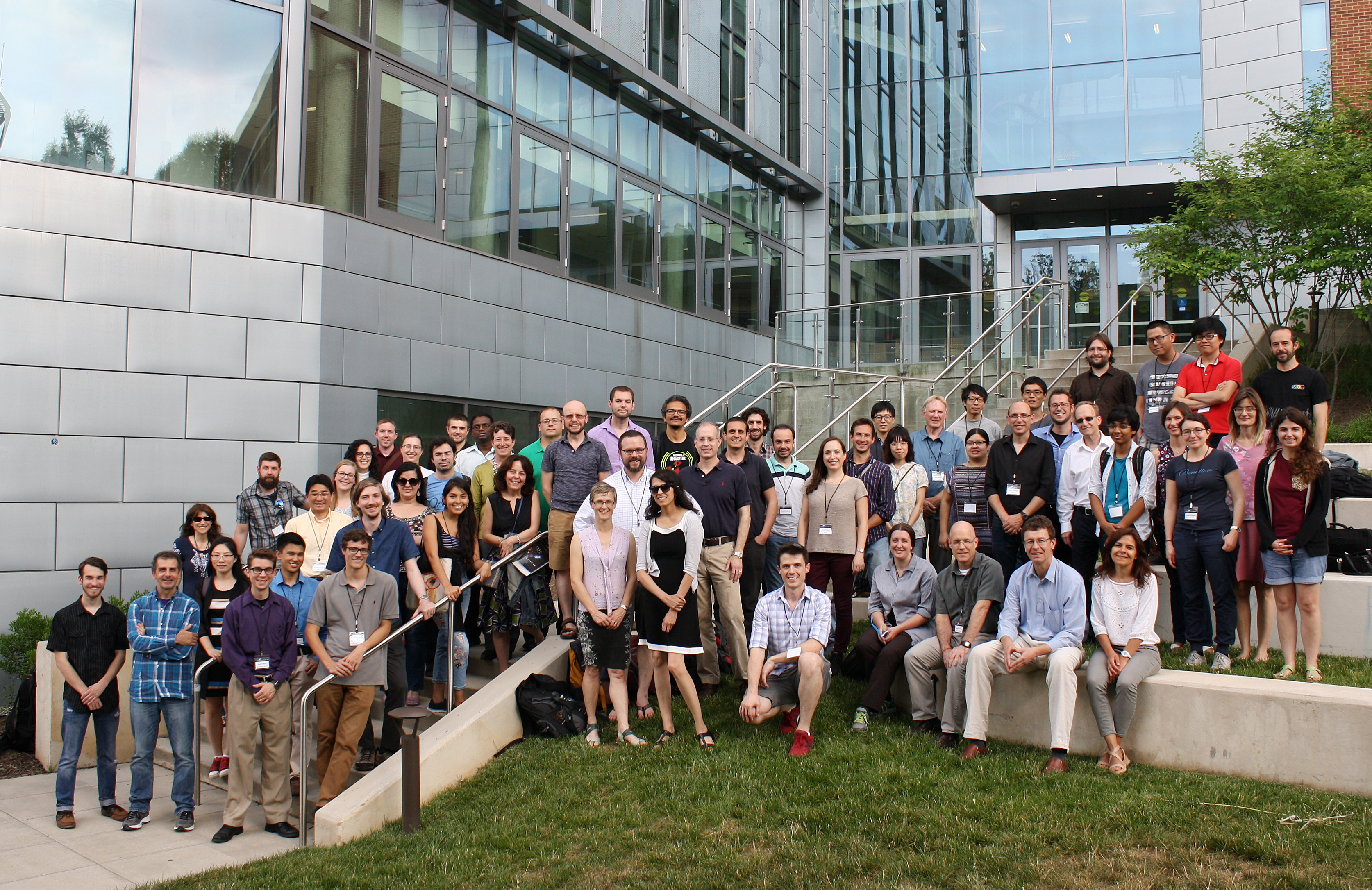Thank you to all the presenters for excellent talks and posters, and for inspiring discussions. Presentation slides and videos of all the talks are now online.

Supermassive black holes (SMBHs) at the centers of galaxies, which manifest as active galactic nuclei (AGNs) when accreting, are now known to be a fundamental component of galaxies and play an important role in their evolution. Detecting complete samples of AGNs and understanding their connection to the properties of the host galaxies in which they reside has therefore been an extremely important goal of extragalactic astronomy. Over the past several decades, it has become clear that a large fraction of AGNs are missed in optical surveys due either to obscuration of the central engine, or contamination of the optical emission lines from star formation in the host galaxy. This is a significant deficiency, because these elusive AGNs are often found in key phases of galaxy evolution, such as late stage galaxy mergers, when the black hole is expected to grow most rapidly, or in low mass and bulgeless galaxies, a galaxy population that may place important constraints on models of SMBH ‘seed’ formation and merger-free models to SMBH growth.
With the advent of new facilities such as JWST, ALMA, LSST, and WFIRST, along with rapidly advancing developments in numerical modeling and statistical techniques, new and more sophisticated means of finding and characterizing elusive AGNs are becoming available.
The aim of this conference is to bring together observers and theorists with multi-wavelength expertise to address the following key questions:
- How do elusive AGNs impact our understanding of SMBH ‘seed’ models?
- What fraction of SMBH growth is currently being missed and what impact does this have?
- What are the best techniques to find AGNs missed using conventional techniques such as optical diagnostics?
- What physical properties influence AGN detectability? (e.g., dust geometry, weakness, dilution by stellar processes, metallicity, etc), and how does this affect wavelength-specific selection criteria?
- How do we find such systems at high redshift?
- How much can we advance in the characterization/detection of elusive AGN using the above-listed upcoming facilities?
Supermassive black holes (SMBHs) at the centers of galaxies, which manifest as active galactic nuclei (AGNs) when accreting, are now known to be a fundamental component of galaxies and play an important role in their evolution. Detecting complete samples of AGNs and understanding their connection to the properties of the host galaxies in which they reside has therefore been an extremely important goal of extragalactic astronomy. Over the past several decades, it has become clear that a large fraction of AGNs are missed in optical surveys due either to obscuration of the central engine, or contamination of the optical emission lines from star formation in the host galaxy. This is a significant deficiency, because these elusive AGNs are often found in key phases of galaxy evolution, such as late stage galaxy mergers, when the black hole is expected to grow most rapidly, or in low mass and bulgeless galaxies, a galaxy population that may place important constraints on models of SMBH ‘seed’ formation and merger-free models to SMBH growth.
With the advent of new facilities such as JWST, ALMA, LSST, and WFIRST, along with rapidly advancing developments in numerical modeling and statistical techniques, new and more sophisticated means of finding and characterizing elusive AGNs are becoming available.
The aim of this conference is to bring together observers and theorists with multi-wavelength expertise to address the following key questions:
- How do elusive AGNs impact our understanding of SMBH ‘seed’ models?
- What fraction of SMBH growth is currently being missed and what impact does this have?
- What are the best techniques to find AGNs missed using conventional techniques such as optical diagnostics?
- What physical properties influence AGN detectability? (e.g., dust geometry, weakness, dilution by stellar processes, metallicity, etc), and how does this affect wavelength-specific selection criteria?
- How do we find such systems at high redshift?
- How much can we advance in the characterization/detection of elusive AGN using the above-listed upcoming facilities?